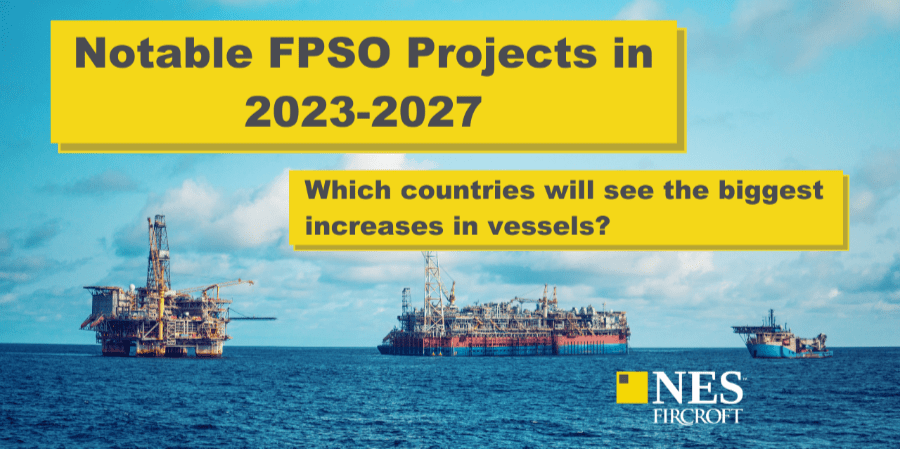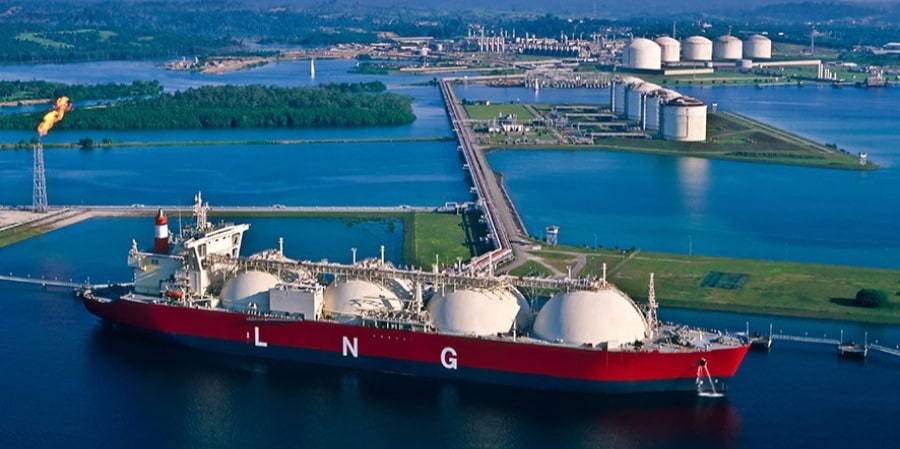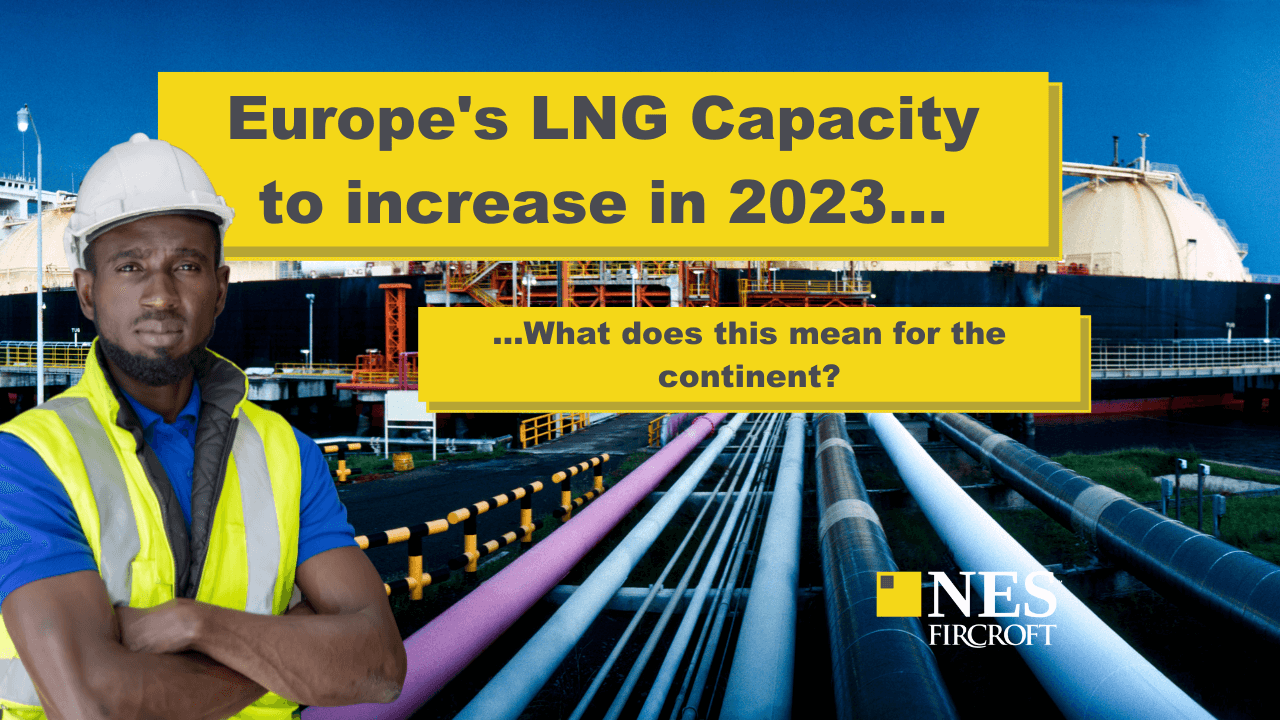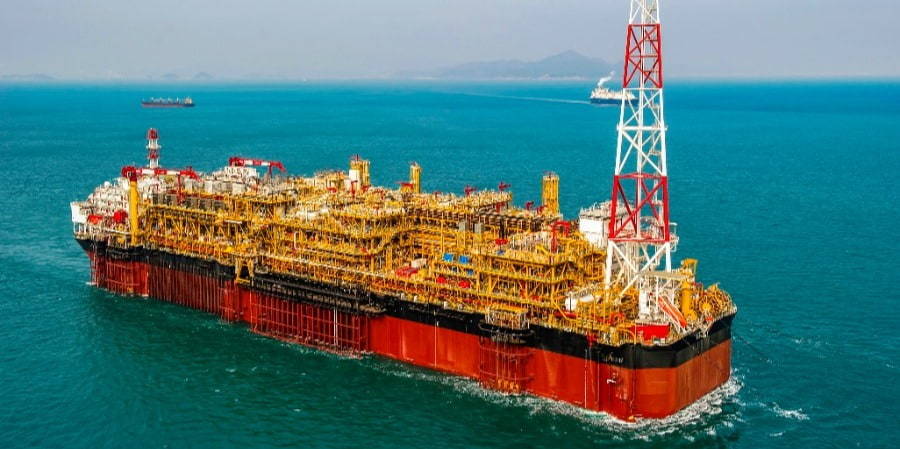
Everything You Need To Know About FLNG
03 Jun, 20203:59With the global demand for Liquefied Natural Gas building year on year, we look at some of t...

With the global demand for Liquefied Natural Gas building year on year, we look at some of the latest, largest technology that is allowing companies to take advantage of previously unreachable gas fields. If you're currently looking for a job vacancy within the industry, this is everything you need to know about Floating Liquefied Natural Gas vessels.
What is an FLNG?
Floating Liquefied Natural Gas (FLNG) systems are entire facilities that deal with the offshore storage, processing and transport of LNG. These massive vessels use the same systems as land-based LNG plants, meaning gas can be processed closer to the source without having to lay miles of pipelines to get the gas to the nearest coastal facility. Being able to process this opens up massive new potential sources, miles out to sea, that would previously have been too difficult or costly to take advantage of.
Benefits of LNG
LNG facilities extract natural gas that has been trapped deep underground and supercool it to a clear, non-toxic liquid. This reduces its volume 600 times, meaning it can be shipped more easily and more safely to regasification plants around the world. These plants convert it back in to a flammable gas which can then be burned to generate heat and electricity.
Natural gas is one of the cleanest and safest energy sources currently available. When burned it produces half the amount of CO2 as coal, and less than 10% of air pollutants and because of this, over the last few years, demand for natural gas has risen dramatically. In 2000, less than 100 million tonnes of LNG per year was being produced. In 2017 that was 284 million tonnes and in 2018 it’s expected to rise to 308 million tonnes. Growing reliance on the fuel in Asia and Africa follows a surge in production in the US, meaning usage is expected to continue rising over the next few years. Therefore it is essential to develop new technologies to reach greater gas fields out to sea.
FLNG facilities also have their own environmental benefits over land-based plants. Being able to store extracted gas on a facility near the field reduces the need for onshore construction and excessively long pipelines. With a lifespan of over 20 years, FLNGs can be redeployed to other fields once they have depleted the gas source - reducing the need for further construction.
Developing an FLNG raises its own challenges. For the system to be viable, they must include all the same facilities as a land-based LNG plant, allowing them to maximise their output. Even though engineers have managed to fit all the necessary components in to a space a quarter of the size of the land-based plants, they are still the largest floating vessels in the world.
The massive increase in demand of LNG over the last few years has allowed more FLNG projects to be started, with up to 22 vessels expected to be active by 2022, and more planned in the future.
How does an FLNG work?
Natural gas is extracted from the the seabed and transported through flowlines to the nearby FLNG. While onboard the vessel it will be treated and liquefied - a process that involves supercooling the gas to -160 degrees C to turn it in to a liquid.
The liquid gas is then stored on the vessel in tanks, until it is transferred to LNG carriers who can transport to processing plants.
The major FLNG Projects
Prelude FLNG
Owned by Shell, the Prelude FLNG is the biggest floating structure ever built. The $14bn craft has a length of 488 metres - longer than four football fields. It was moved into position over the Prelude gas field, 120 miles off the coast of Western Australia, in December 2017. When up and running it will have the capacity for 1.2 million tonnes of LNG per year, with a storage equivalent of 175 olympic swimming pools.
Petronas FLNG 1 & 2
These sister ships are each located off the coast of Malaysia.
Petronas 1 was the world’s first FLNG to start producing - achieving first gas in December 2016 and delivering its first payload to South Korea in March 2017. It has a capacity to produce 1.2 million tonnes of LNG per year.
Petronas 2 is expected to produce first gas from the Rotan field, 150 miles offshore Sabah, in 2020. It is bigger than PFLNG 1, with a capacity of 1.5 million tonnes per year.
Eni - Coral FLNG
The Coral FLNG is a project run by the Italian oil company Eni, which is due to begin LNG production in 2022. Components are being built in South Korea and Singapore, with the completed project taking place in Area 4, offshore Mozambique. This mammoth vessel will have the capacity for an incredible 3.4 million tonnes of LNG per year.
The future of FLNG
With LNG demand continuing to rise, and FLNG facilities demonstrating a viable and economical way to produce gas from previously unattainable places, more projects are planned around the world over the next decade.
The most sought after area is offshore Australia, with up to 14 potential FLNG projects currently being considered. Further projects are in various stages of development throughout oceans and seas off the coasts of Canada, China, Western Africa, Brazil, the West coast of America and South Asian islands. Up to 40 projects are in consideration, with up to 22 vessels expected to be in place by 2022.
Economic benefits
With so many projects in the pipeline globally, the economic benefits are huge. Global energy demand is expected to be 37% higher in 2040 than it is now, and LNG is the fastest growing resource. Demand for natural gas was up by 24 million tonnes per annum between 2017 and 2018, and is expected to keep rising until 2021.
With the ability of FLNG facilities to reach more remote fields, this technology is the leading way to ensure that supply can match the demand. Shell’s Prelude FLNG alone is expected to create 1000 new jobs in Australia - with further projects on the horizon we should see plenty more job availability over the next decade.
Looking to work in FLNG?
NES Fircroft has placed thousands of oil and gas personnel into energy projects all over the world. If you want a job in the energy space, register on our site and subscribe to job updates, or search our live oil and gas job vacancies. For contractors, we offer a range of assignment support servicesto assist the onboarding process.









